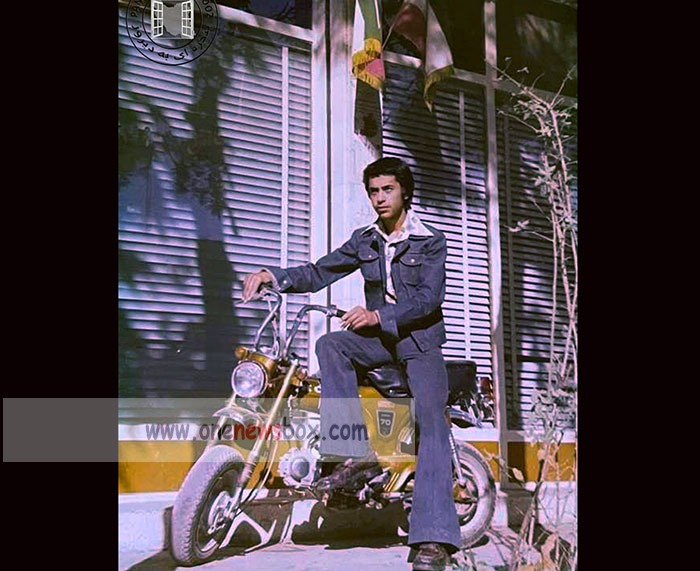The hypothesis is that Iran’s encounter with modernity in these decades did not constitute a dialectical synthesis between modernization (state-led reforms) and modernism (cultural, intellectual adaptation). Instead, the authoritarian and oil-dependent nature of modernization created a narrative of confusion, contradiction, and duality, which is vividly reflected in the Iranian social novel.
1. Authoritarian Modernization in Iran: Historical Background
1.1 Reza Shah and the Foundations of Modernization
The first Pahlavi monarch, Reza Shah (1925–1941), embarked on a program of forced modernization aimed at building a centralized, strong, and Western-oriented nation-state. Inspired by Atatürk’s reforms in Turkey and supported by technocrats and military elites, Reza Shah implemented policies that sought to:
-
Centralize power by weakening tribal autonomy and suppressing regionalism.
-
Modernize infrastructure, including railways, roads, and urban planning.
-
Reform education by creating secular schools and reducing clerical influence.
-
Reshape culture through dress codes, language reforms, and the promotion of nationalism centered on pre-Islamic heritage.
However, these reforms were authoritarian in nature. They were imposed without meaningful participation from society, leading to alienation rather than genuine acceptance. While modernization touched institutions and appearances, it rarely transformed underlying social relations.
1.2 Mohammad Reza Shah and the Oil-Dependent Modernization
The second Pahlavi monarch, Mohammad Reza Shah (1941–1979), continued and expanded his father’s project. Particularly after the oil boom of the 1950s and 1960s, modernization accelerated through state-sponsored initiatives such as the White Revolution (1963), which introduced land reform, literacy campaigns, women’s suffrage, and industrial development.

